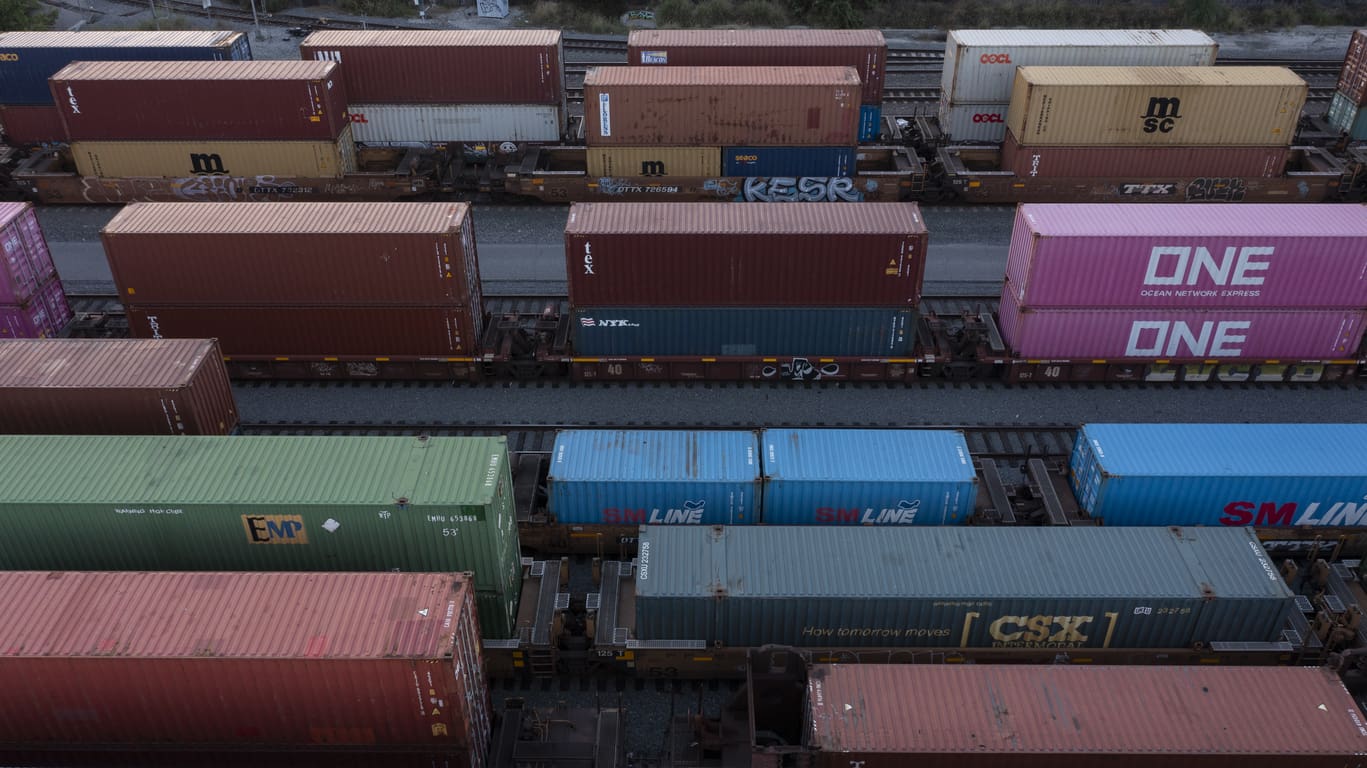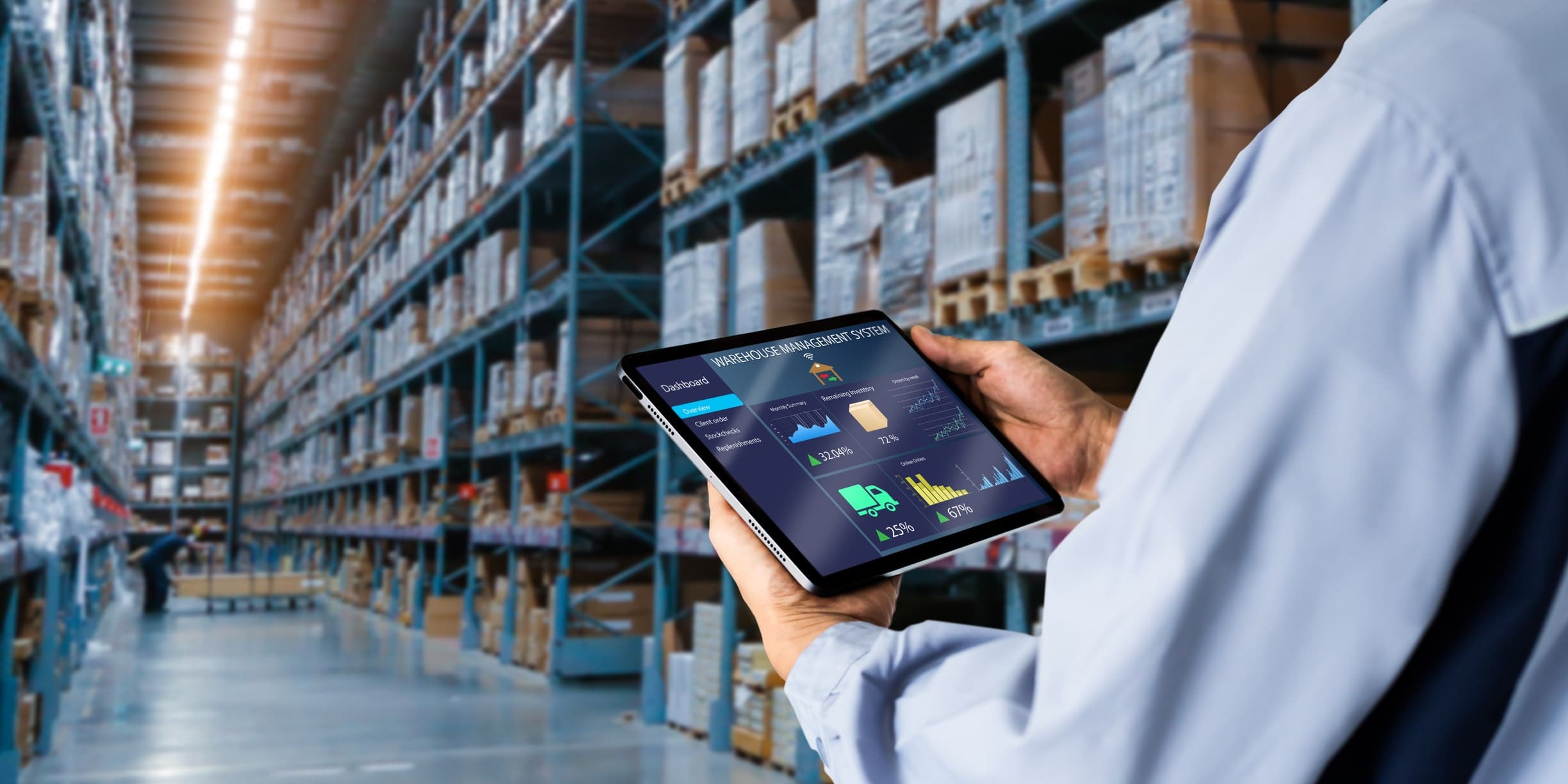Strong supplier relationships aren’t just a box to check, they’re a competitive advantage. In today’s volatile and fast-moving global economy, collaboration with suppliers drives resilience, product quality, and innovation.
Platforms like Kickfurther can help fund your inventory and scale your operations, but it’s your relationships with suppliers that form the backbone of long-term success. Below are five strategies to build and maintain strong supplier relationships in 2025.
1. Focus on Core Suppliers
Managing thousands of suppliers can dilute your focus and drain resources. Many businesses now follow the 80/20 rule: concentrating 80% of spend on the top 20% of suppliers. This allows for deeper collaboration, better pricing, and more predictable quality.
That said, today’s geopolitical landscape demands flexibility. Between shipping bottlenecks, sanctions, and regional unrest, diversification is no longer optional, it’s strategic.
In 2025, country-level diversification is just as critical as vendor diversification. Over 60% of U.S. companies are shifting part of their supply chains out of China, favoring countries like Vietnam, Mexico, and India, per the U.S. Chamber of Commerce. With ongoing tariff rounds and rising scrutiny around ESG compliance, “China-plus-one” and nearshoring strategies continue to gain traction.
2. Understand Their Operations
Deep knowledge of your suppliers’ operations shows respect and lays the groundwork for true collaboration. You’ll better understand their constraints, capacity, and quality systems, allowing you to plan smarter and react faster.
Companies like Toyota lead in this area by using AI-powered supply chain visibility tools. These platforms use predictive analytics to flag delays, assess supplier risk, and generate real-time performance dashboards. Some even recommend alternative suppliers when disruptions are detected.
To keep up, consider platforms like NetSuite, Odoo, Katana, or Cin7, many of which now offer AI-driven alerts, supplier scoring, and demand forecasting. These tools help you stay proactive, not just responsive.
3. Address Issues Proactively
Even the best suppliers will sometimes falter. When issues arise, whether it’s late deliveries, damaged goods, or missed specs, the goal isn’t blame, it’s resolution.
Approach problems with transparency and empathy. Frame challenges as joint issues, not accusations. Keeping communication forward-looking helps preserve trust and often leads to process improvements on both sides.
Tip: Many leading firms now use automated dispute resolution systems or shared ticketing platforms to manage supplier issues with transparency and speed.
4. Give Feedback Constructively and Often
Feedback helps suppliers improve and it signals that you’re committed to the relationship. Brands like Honda send monthly supplier scorecards covering delivery, quality, and responsiveness. This kind of regular feedback helps identify problems early and reinforces expectations.
In 2025, AI can auto-generate these reports from procurement and logistics data, freeing up teams to focus on strategy. Quarterly reviews or collaborative SWOT sessions can also reveal shared opportunities for growth and efficiency.
5. Treat Suppliers as Strategic Partners
The most resilient supply chains are built on partnership, not transactions. Suppliers who feel respected and included are more likely to invest in your success, be it ramping up production, sharing market insights, or flagging upstream risks.
Top consumer brands treat supplier engagement like customer success: they prioritize communication, co-innovation, and aligned incentives. This mindset drives better performance and helps brands meet evolving demands for sustainability, traceability, and speed.
Final Thoughts
In a world of economic uncertainty and rising consumer expectations, your supplier relationships are a key source of stability, efficiency, and innovation. Whether you’re launching your first product or scaling a global supply chain, building trust with suppliers is a long-term investment that pays compounding dividends.
And when you’re ready to fund your next inventory purchase, Kickfurther is here to support your growth, so you can deliver with confidence, backed by a supply chain you trust.








